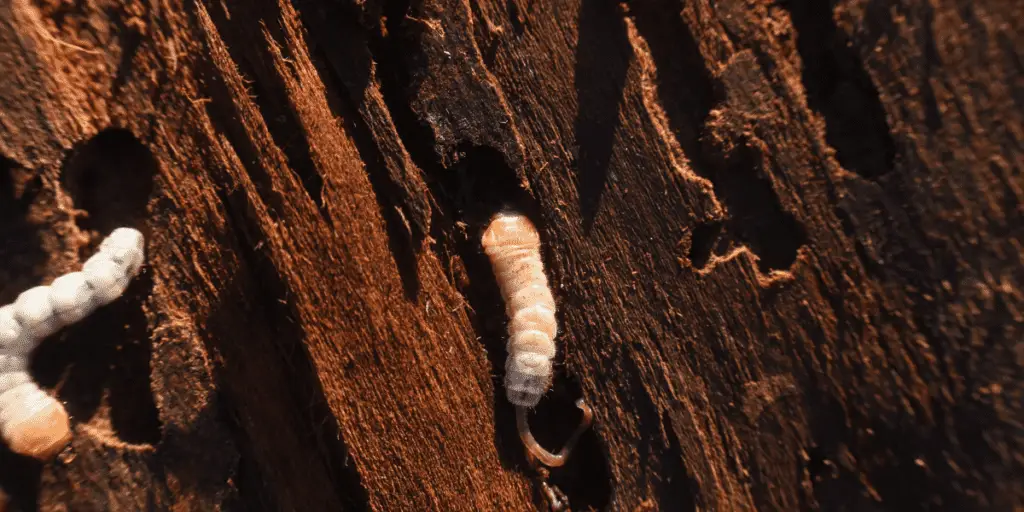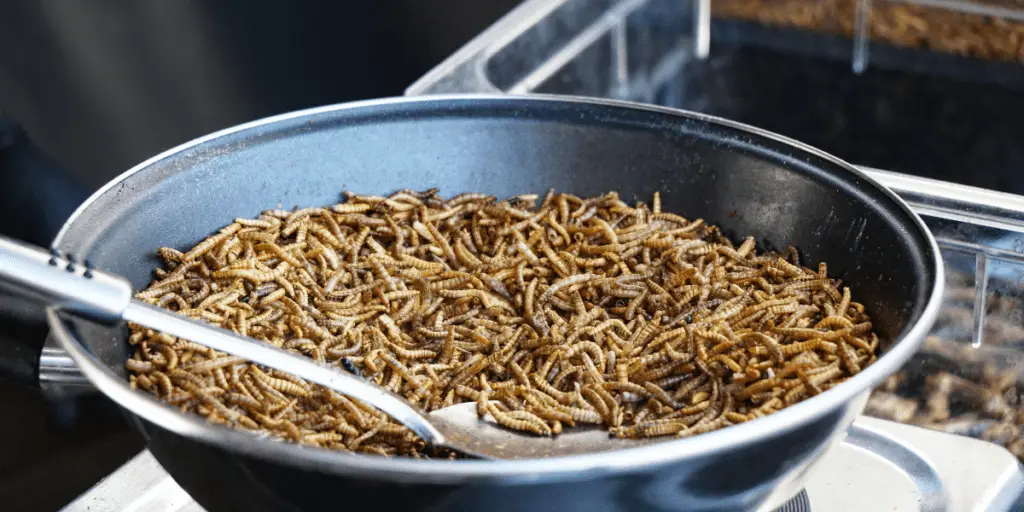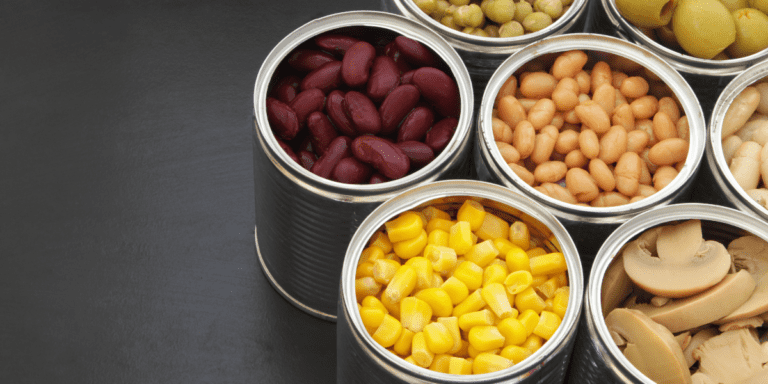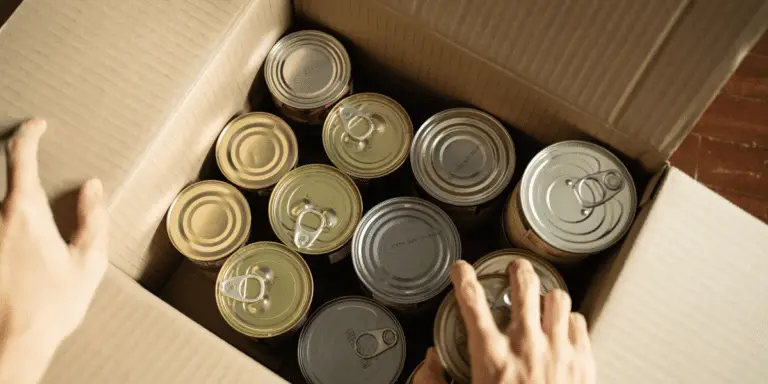Survival Foods: Eating Bugs, Insects, Gathering, Preparing, and Recipes
When faced with a survival situation, finding enough food to sustain oneself can be a major concern. While traditional sources of food like hunting and foraging may not be possible, there are other options to consider. One such option is eating insects and other non-traditional foods.
Eating insects and other small creatures have a long history in many cultures around the world. In fact, insects are a common food source for over 2 billion people globally. Insects are not only a sustainable and environmentally-friendly source of protein, but they are also rich in vitamins and minerals.

In this post, we will explore the nutritional value of insects and provide some recipes for incorporating them into your survival food plan. Whether you are faced with a short-term emergency or long-term survival situation, learning how to safely gather and prepare insects can be a valuable skill.
Nutritional value of insects
Insects are a highly nutritious food source, providing a good source of protein, vitamins, and minerals. In fact, many insects have a similar protein content to traditional sources of animal protein, such as meat, poultry, and fish.
For example, crickets, grasshoppers, and mealworms are all high in protein, with crickets containing around 12-13% protein by weight. They are also a good source of essential amino acids, which are the building blocks of protein that the body cannot produce on its own. In addition, insects are a good source of iron, calcium, and other minerals.
Certain insects are also high in specific vitamins. For example, beetles and caterpillars are rich in vitamin B12, which is important for maintaining healthy nerve and blood cells. Termites and beetles are also good sources of vitamin A, which is important for vision and immune system health.
Overall, insects can be a valuable addition to a survival diet, providing essential nutrients that are necessary for maintaining good health.
list of bugs and insects that are commonly eaten as a food source
1. Ants: Many species of ants, particularly those that are red or black in color, are edible and have a crunchy texture. They are often eaten raw or used as a condiment, seasoning, or topping for various dishes.
2. Bees: Bees and their larvae are a good source of protein and are often eaten in various cultures around the world. Honey bees and bumblebees are not typically eaten, but some species of wasps and hornets are considered delicacies in certain regions.
3. Beetles: Many species of beetles, including weevils, mealworms, and rhinoceros beetles, are edible and are often used as a protein source in various dishes. They are often roasted, fried, or ground into a powder for use in cooking.
4. Caterpillars: Caterpillars of various species, including moths and butterflies, are eaten in many parts of the world. They are often boiled or roasted and have a nutty, slightly sweet flavor.
5. Cicadas: Cicadas, which are a type of large, winged insect, are eaten in various cultures around the world. They are often roasted or fried and have a crunchy texture.
6. Crickets: Crickets are a common food source in many parts of the world and are often eaten roasted or fried. They have a nutty flavor and are high in protein and essential amino acids.
7. Grasshoppers: Grasshoppers are a common food source in many parts of the world and are often eaten roasted or fried. They have a crunchy texture and a slightly nutty flavor.
8. Termites: Termites are eaten in many parts of the world, particularly in Africa and Asia. They are often roasted or fried and have a nutty flavor.
It’s important to note that not all insects are safe to eat and it’s important to follow safe gathering practices when collecting insects as a food source. Always make sure to properly clean and prepare insects before consuming them.
Gathering and preparing insects
If you are in a survival situation and need to gather insects as a food source, it’s important to follow safe gathering practices. Insects can be found in a variety of environments, such as forests, fields, and wetlands. You can also find insects in and around rotting logs, fallen trees, and other debris.

When gathering insects, it’s important to avoid any that are visibly sick or injured, as well as those that have come into contact with pesticides or other chemicals. It’s also a good idea to avoid insects that emit strong odors, as this may indicate they are not suitable for consumption.
Once you have collected a sufficient amount of insects, it’s important to properly clean and prepare them for cooking. This may involve removing the wings, legs, and other inedible parts, as well as rinsing the insects in clean water. Some insects may also need to be boiled or roasted to remove any toxins or parasites that may be present.
There are a variety of methods for cooking insects, including boiling, frying, roasting, and grinding into a powder. You can also add insects to other dishes as a protein source, such as adding ground crickets to a burger mix or using roasted mealworms as a topping for salads. Experiment with different seasoning and cooking methods to find the flavors that work best for you.
Insect Recipes

Incorporating insects into your survival food plan doesn’t have to be limited to just entrees. Here are a few recipe ideas to help you get started:
- Fried crickets
- Clean and season a cup of crickets with your choice of herbs and spices (such as garlic, paprika, and chili powder).
- Heat a small amount of oil in a pan over medium heat.
- Add the crickets to the pan and fry until crispy, about 5-7 minutes.
- Serve as a snack or topping for salads and other dishes.
- Cricket energy bars
- In a blender or food processor, combine 1 cup of rolled oats, 1 cup of ground crickets, 1 cup of nut butter, 1/2 cup of honey, and 1/2 cup of dried fruit.
- Process until well combined and press the mixture into a lined 8×8-inch baking dish.
- Chill in the refrigerator until firm then cut into bars and serve.
- Grilled grasshopper kebab
- Clean and season a cup of grasshoppers with your choice of herbs and spices (such as cumin, paprika, and oregano).
- Thread the grasshoppers onto skewers, alternating with your choice of vegetables (such as bell peppers, onions, and cherry tomatoes).
- Grill over medium heat until the grasshoppers are crispy and the vegetables are tender about 8-10 minutes.
- Roasted mealworm trail mix
- In a bowl, combine 1 cup of roasted mealworms, 1 cup of mixed nuts and seeds, and 1 cup of dried fruit.
- Mix until well combined and store in an airtight container for snacking.
- Ant tea:
- In a pot, bring 4 cups of water to a boil.
- Add 1 cup of clean, whole ants and simmer for 10-15 minutes.
- Strain the liquid and sweeten it with honey to taste.
Remember to use caution when handling and consuming insects, as some species may contain toxins or parasites that need to be properly prepared before consuming.
Tips for sourcing and storing insects
If you are unable to gather insects in the wild, there are a number of companies that sell insects as a food source. These can be a convenient option for stocking up on insects for long-term survival situations. Some options for sourcing insects include:
- Online retailers: There are a number of online retailers that sell insects as a food source, including live and pre-prepared insects. Just be sure to research the reputation of the seller and make sure they are providing high-quality, safe products.
- Specialty stores: Some specialty stores, such as health food stores and outdoor gear stores, may carry insects as a food source. This can be a good option if you want to see the products in person before purchasing.
Once you have sourced your insects, it’s important to properly store them to prevent spoilage. Insects should be stored in a cool, dry place and can be kept in the freezer for longer storage. Just be sure to properly seal the insects to prevent freezer burn.
Conclusion
Incorporating insects into your diet can be a sustainable and nutritious option in a survival situation. Not only are insects a good source of protein and essential nutrients, but they are also environmentally friendly and can be a sustainable food source.
When gathering and preparing insects, it’s important to follow safe practices and properly clean and prepare them before consuming. There are also a number of companies that sell insects as a food source, which can be a convenient option for stocking up on insects for long-term survival situations.
Remember to start small and be mindful of allergies and cultural and ethical considerations when consuming insects. With a little creativity, insects can be a tasty and valuable addition to your survival food plan.
Don’t forget to stay connected with us on Facebook, Twitter, Pinterest, and Instagram!
Subscribe to our newsletter
Our blog is updated daily with the latest in survival news and information.




